It's official, spring is here - at least down here in Sussex. Daffodils and snowdrops have been and gone, the bluebells are rioting in the woods and the roads and trails are dry-ish. This is the time of the year where you start to think about putting the winter bike away and getting your 'best' bike out; but wait! Before you swap bikes, you have a few checks to do.
Winter bike
After a winter of putting up with all kinds of mud and grit, you'll want to do a few checks before retiring your winter bike for the summer. I recommend the following:
Clean and check: While you may have tried to keep on top of it, riding through the winter, even with mudguards, will mean your bike is dirty! For this end-of-season clean. I would suggest that you remove wheels, mudguards, saddle-bags and any other accessories. This will give you a chance to fully clean and more importantly, check your frame.
You're looking for any signs of wear and tear that could possibly lead to something more serious. You may have picked up paint chips, or scuffs. If they're just superficial, you could use touch-up paint to cover them up. Anything more serious that looks like it could affect the frame needs to be attended to. Get a good bike shop to take a look, or try one of the carbon repair firms.
A product I've used on my CEXevo to protect its paintwork is RideWrap. This is a protective film that covers your bike and protects it from all those little knocks and scrapes that happen. It'd definitely worth considering if you ride off-road or travel with your bike.
Seat-post and stem: This is a check that was vital when bikes were steel, but should still be done. Remove your seat-post (you marked the height before removing it right?) clean off any grease or carbon-paste and look for any signs of damage or wear. If everything looks good then regrease and replace. If you have a two-part stem, check the face plate for any signs of cracking.
While you're looking at your stem, take a look at your bar-tape. How's it looking? Is it starting to wear, maybe it's time for some fresh tape? This is also a good chance to take assess you 'bars for any wear.
Chains and cassette: Your chain, cassette and to a lesser degree chain-rings, come in for a lot of wear, especially in the winter and off-road. As you chain wears it gets longer, we say it's 'stretched', which it hasn't, it's just that the pivot points have worn, making each link slightly longer. As the chain wears, the point that each link contacts the cassette's teeth changes. This eventually leads to the chain slipping, usually just as you stamp hard on the pedals.

To avoid this you'll need a chain-checker. This simple tool will measure the distance between your chain's links. You simply drop it in and look at the scale, anything over 0.75 means it's time for a new chain. Changing your chain early will extend the life of your cassette, so is definitely worth doing regularly during the year.
Frame bearings: Checking your headset and bottom-bracket bearings is worth doing while your bike is on the work-stand. You can check your bottom-bracket by simply spinning your cranks with the chain off. You're feeling for any roughness or side to side movement. If there is any, then it's time to replace them.
Checking the headset is best done when the wheels are still on the bike. Pull your front bike and rock the bike back and forth, feeling for any movement. Do this with the front wheel facing forwards and turned sideways. Now lift the front wheel off the ground and turn your 'bars, again your feeling for any tight spots or roughness.
Wheels and tyres: After the chain, your wheels and tyres are probably the items that will suffer the most over the winter. After you've cleaned your tyres, give them a good look over. You're looking for signs of wear, or damage. These can be cuts in the tread or the sidewalls. Small ones aren't a problem, but anything that looks deep or exposes the tyres carcass probably needs replacing.

Many tyres now come with wear markers. These are small indicators in the tread that are exposed or removed when your tread starts to get too low. Ignoring them increases the chance of punctures and reducing your grip; so worth keeping an eye on them.
Are you running tubeless tyres on your winter bike? If so, now would be a good time to check your sealant. Has it dried up? If it has and you're not going to use your bike for a while, now's a good time remove and clean the inside.

Now take a look at your wheels. Take each wheel and give it a spin. How does it feel? Does it spin freely, do the rims look straight, with no horizontal or vertical wobbles? Run your hands over the spokes and check for any bent or loose ones. Check the rotors, are they straight or starting to show signs of wear? If you have rim brakes then check the brake track, at some point this will get too thin and you must replace the rim.
These checks are straight forward and can be done by most riders. However, if you're not comfortable working on your bike, then maybe talk to your local bike-shop and book it in for it's spring break?
Looking for your summer ride then take a look at the A1R0evo or A1R0evoS. Designed in-house by Handsling from Toray carbon-fibre using their own moulds, they're perfect for summer.
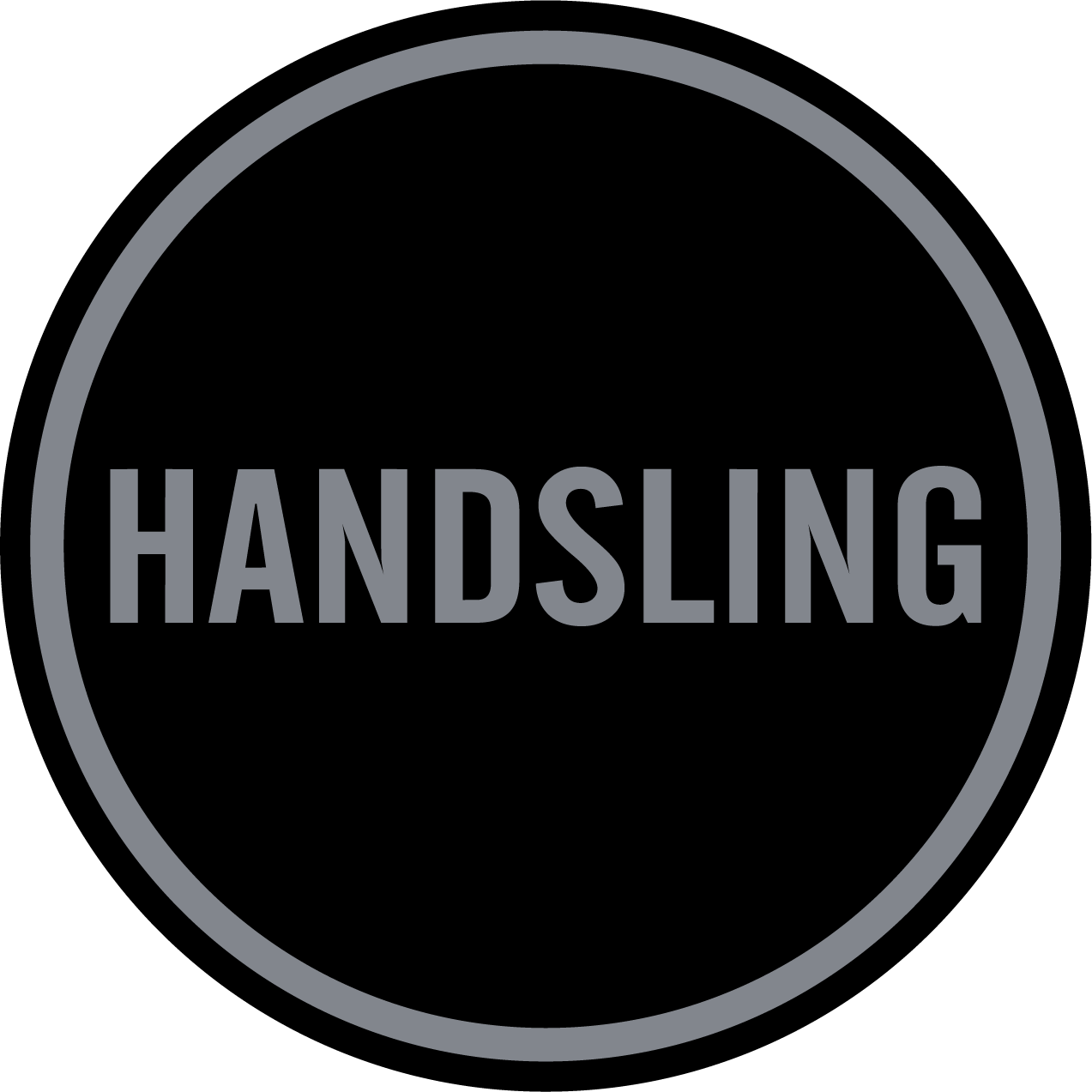
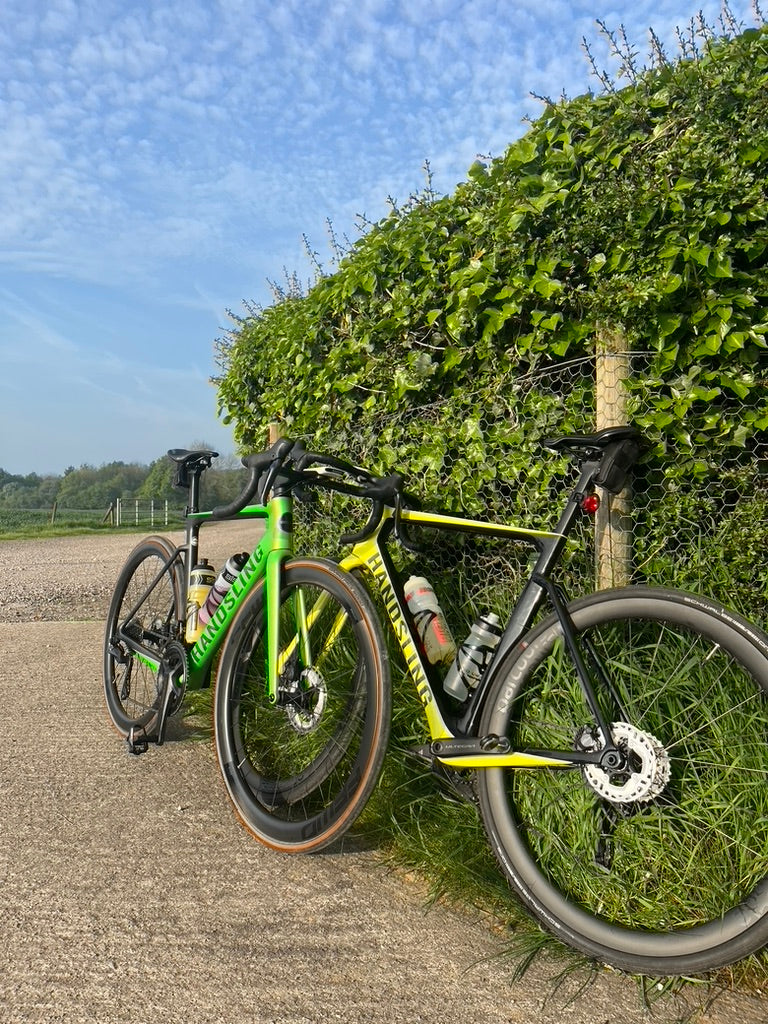
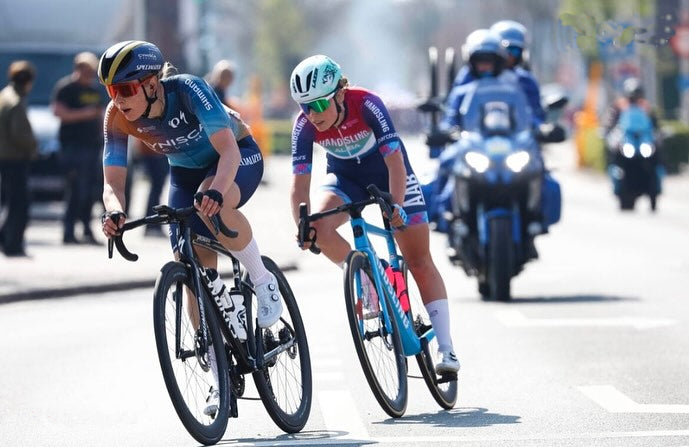
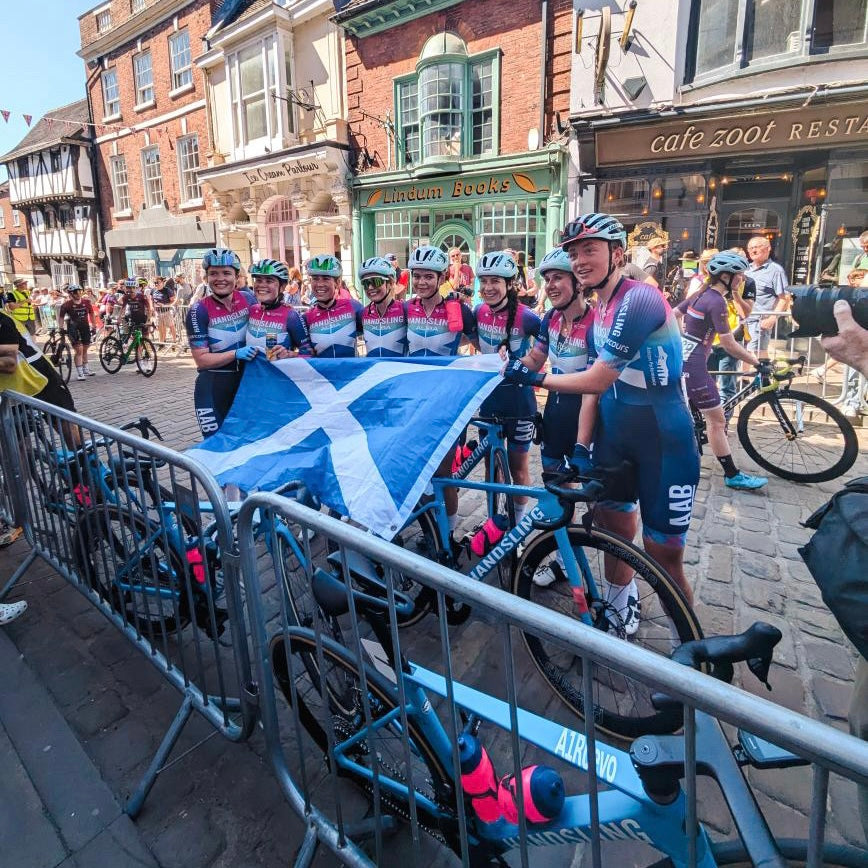
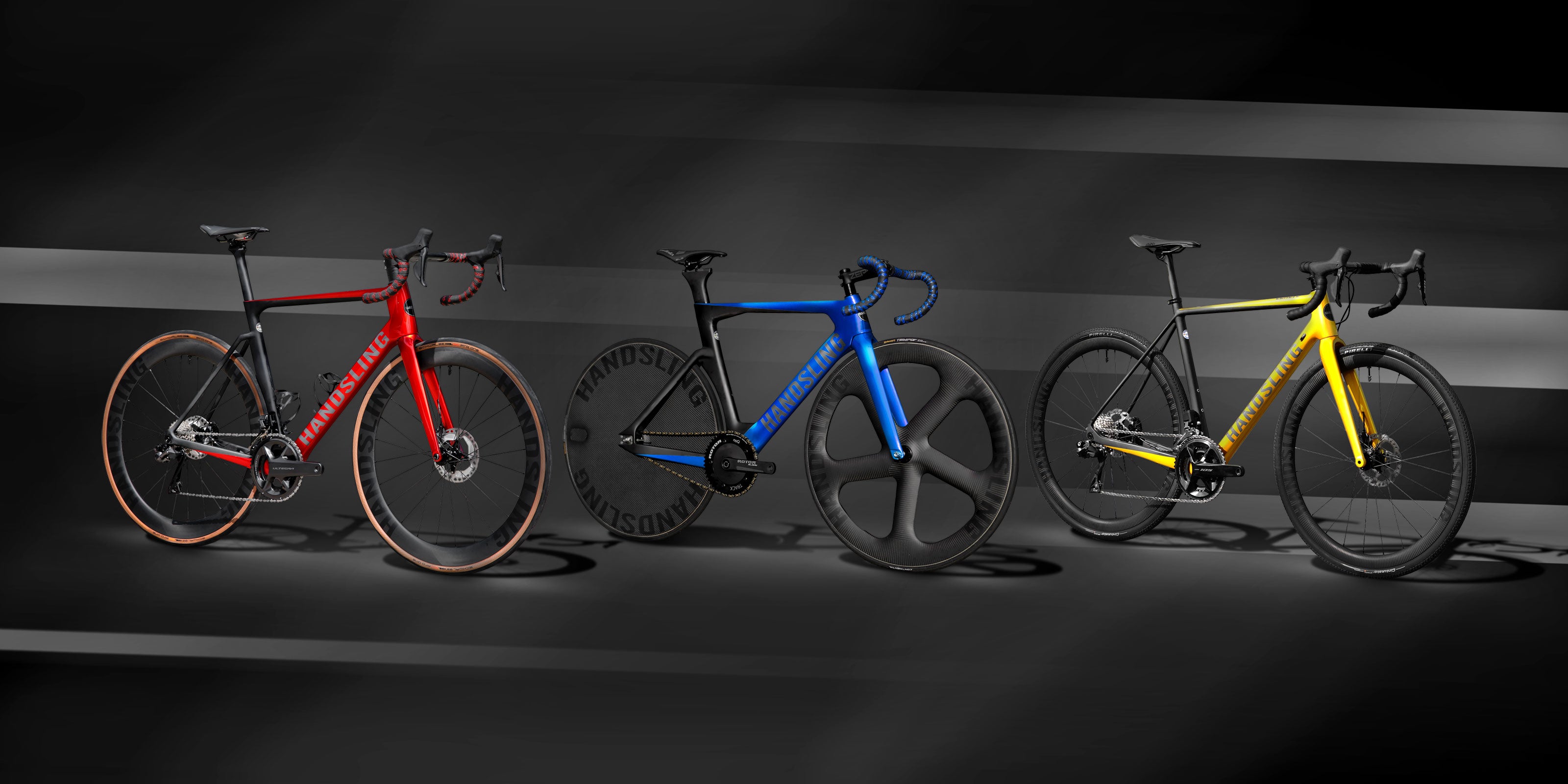
Leave a comment
This site is protected by hCaptcha and the hCaptcha Privacy Policy and Terms of Service apply.